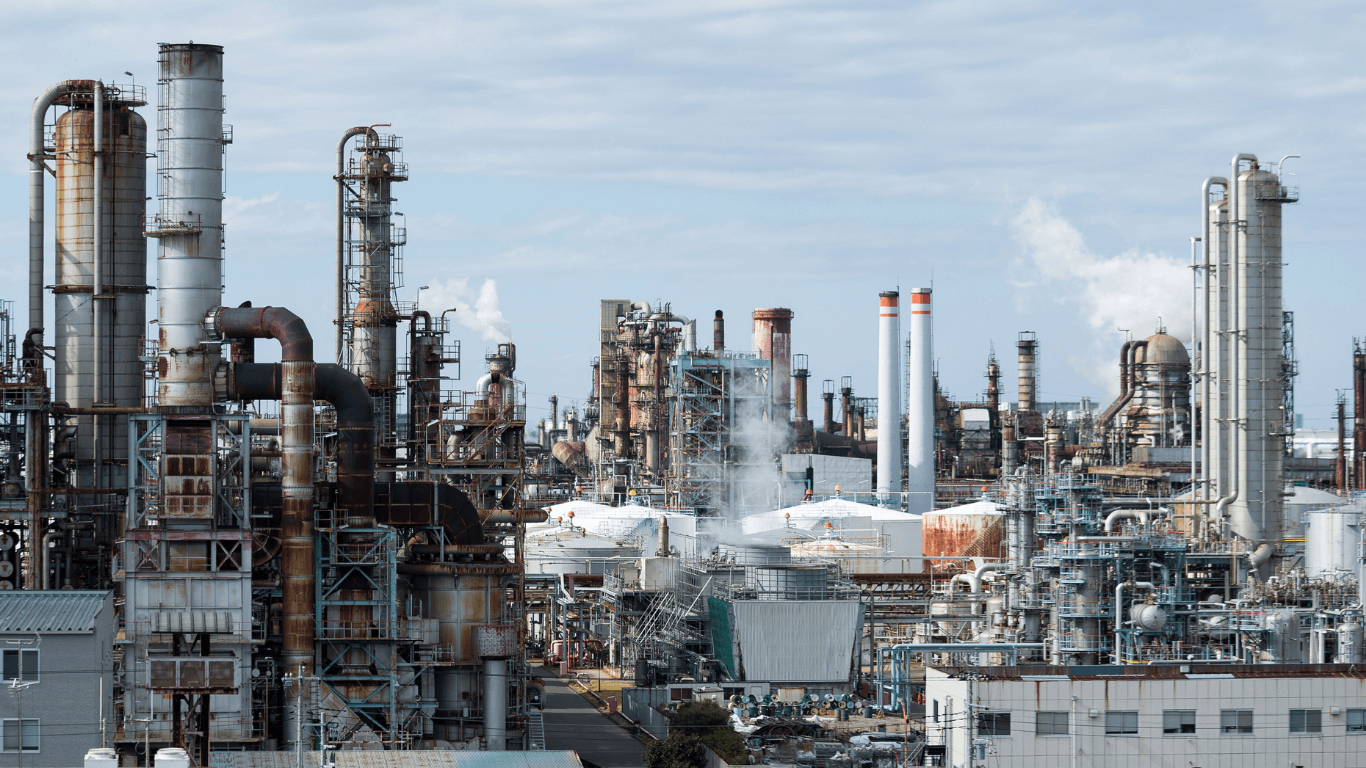Navigating the Risks: The Critical Role of Petroleum Leakage and Valve Monitoring in the Oil & Gas Sector

Introduction
In the high-stakes world of the oil and gas industry, the safety, efficiency, and sustainability of operations hinge on the effective monitoring of petroleum leakage and valve integrity. This blog explores the pivotal role that advanced monitoring systems play in maintaining the integrity of these crucial assets.
The Undeniable Importance of Leakage and Valve Monitoring
1. Safety First: Petroleum leaks are not just operational setbacks; they pose significant safety risks. From creating potential fire hazards to contributing to environmental disasters, the consequences can be severe. Monitoring systems act as an early warning mechanism, allowing for prompt intervention before situations escalate.
2. Environmental Stewardship: In an era where environmental responsibility is not just a choice but a mandate, preventing petroleum leaks is critical. Leakages can lead to significant environmental degradation, impacting both terrestrial and marine ecosystems. By employing effective monitoring, the industry can drastically reduce its ecological footprint.
3. Operational Efficiency: Unchecked leaks and faulty valves can lead to substantial financial losses. Through real-time monitoring, operators can optimize their systems, reduce downtime, and save costs associated with spill cleanup and lost resources.
4. Regulatory Compliance: The oil and gas sector is heavily regulated, with stringent laws governing environmental protection and safety. Leakage and valve monitoring systems ensure compliance, helping companies avoid hefty fines and legal complications.
The Technological Edge: Advanced Monitoring Systems
Today's monitoring technologies, like the ones developed by Brenpower, represent a significant leap forward. With the integration of AI, IoT, and cloud-based analytics, these systems offer:
• Real-Time Data Analysis: Continuous monitoring of parameters like pressure, flow rate, and temperature, providing instant data for proactive decision-making.
• Predictive Maintenance: AI algorithms analyze data trends to predict potential failures before they occur, allowing for timely maintenance and repairs.
• Remote Monitoring Capabilities: Operators can oversee and control processes from a distance, enhancing operational flexibility and reducing the need for on-site inspections.
Case Studies and Success Stories
Across the globe, companies leveraging advanced monitoring systems have seen remarkable results. For instance, a major refinery employing Brenpower’s technology reported a 40% reduction in unscheduled maintenance and a 25% decrease in environmental incidents within the first year of implementation.
Conclusion
In conclusion, petroleum leakage and valve monitoring are not just operational necessities but are crucial for the sustainability, safety, and economic viability of the oil and gas industry. As we advance, the integration of innovative technologies will continue to play a transformative role, steering the sector towards a safer, more efficient, and environmentally conscious future.
Stay Updated
For more insights and updates on the latest in petroleum leakage and valve monitoring technologies, follow our blog, and join the conversation about a safer and more sustainable oil and gas industry.

